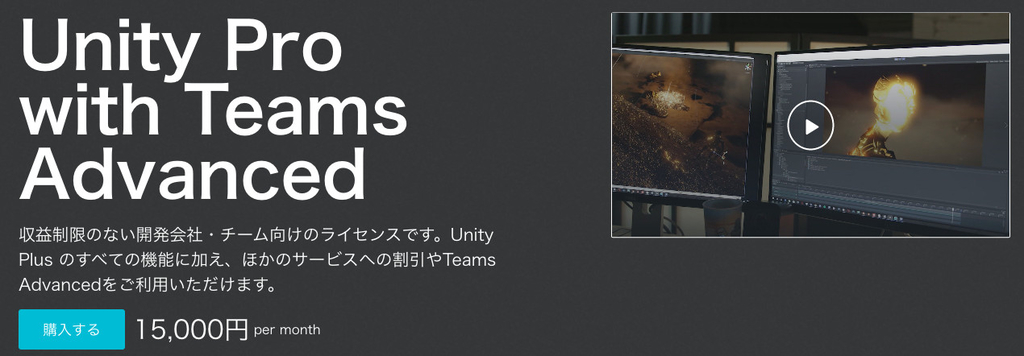
*** Compare to the full version of RMS. This version has a few variations of 'linear' and 'rotational' transitions available, whereas the full version also has "flip" and "rotate around" transitions. This version is also lacking the per-transition easing-equation functionality that the full version has. Otherwise, they're identical- source code is provided for both, so if you want to implement these features yourself, you're of course free to do so.
In this package are two distinct managers that can be easily separated and used on their own, and as such it may be best to look at them as two separate entities in one bundle.
The Rotational Screen Manager manages and manipulates world-space canvasses so that you can use 3D transitions from one menu to another (translations, rotations, flips, spins, etc), but still design your menus as if they're in screen-space/camera overlay. The Rotational Menu Manager, on the other hand, organizes a 2D array of menus and provides you with several methods of navigation from one to the next- a complete menu system to show off the capabilities of the transition system.
* Please note that the only UI elements included are the ones absolutely necessary for making the demo scene. This package will NOT help you to build a graphical UI in any way at all, but rather it will help you to organize and transition between your menus in a fun way not normally possible with screen space resolution-adaptive menus.
With the Rotational Screen Manager:
- Adapts world-space canvasses to fit your screen resolution and aspect ratio automatically
- Perfectly reproduces 'canvas scalar' settings, so that the scale of your UI and text elements are consistent with your overlay designs
- Allows for interesting 3D transitions between what are essentially screen-space menus
- New transition types are easy to make and implement in the script- there are currently several distinct transition types to choose from
With the Rotational Menu Manager:
- Provides an easy method of organization and navigating through your menus
- Able to queue navigational inputs to be performed one after another
- Can wrap around menu and sub-menu index ranges for faster navigation, if desired
- Choose from horizontal and vertical menu orientations
- Different default transition types can be set for different menu types in the navigation system
- Can auto-navigate from one menu in the system to another, passing through all menus in between
- Several events can be subscribed to, like OnMenuChanged, making it easier to implement a clean context-based menu design
Additional Information:
Several videos are shown in the list below. One is a quick 2-minute audio-less demonstration (you can also try it out yourself using the online web-demo). The second is an in-depth no-code walkthrough of the system, what it does and how it works and what the inspector variables all do. Both were created for version 1.1, so there are some minor differences, but for the most part they are still quite accurate.
Documentation has been included that has script overviews and basic system usage, explanations of inspector-exposed members, and lists of all public methods and how they work. A copy of this documentation (for the most recent version) can be found here: (PDF Download).
Questions? You can ask us in the RMS forum thread or you can email us at Support@ParnassianStudios.com.







